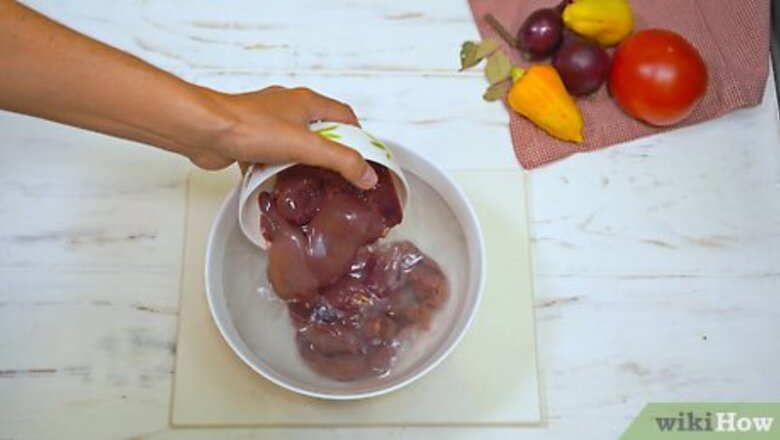
views
Soaking Livers in Cold Water
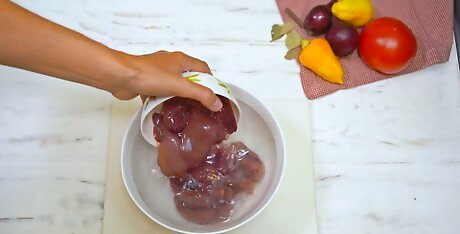
Place the livers in cold water. Fill a glass bowl with cold water – not as cold as ice water but colder than room temperature. Place the livers in the cold water. If possible, don’t lay them on top of one another.
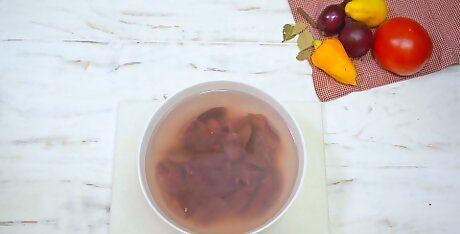
Let the livers soak. You should leave the livers in the cold water for about fifteen minutes. This gives the water time to coagulate the blood, which will make it easier to remove.
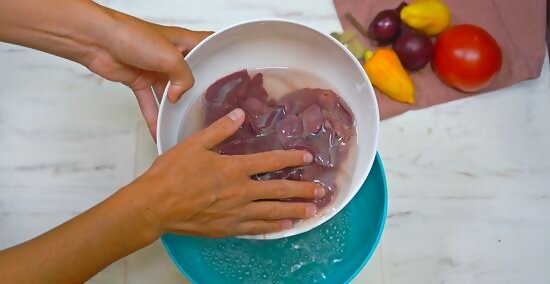
Drain the bowl. After fifteen minutes, hold the livers in place and dump the water out of the bowl.

Pat the livers dry with paper towels. Take one liver out at a time and pat it dry with a paper towel. Make sure you blot both sides of the liver. If you find some of the blood is stubborn, you might have to wet a paper towel and wipe the blood off.
Removing Connective Tissue

Lay out the livers. Lay out all of the livers you’re trimming so that they are flat. This might require that you unfold the livers, as they often come out of the container balled up.

Look for connective tissue. Livers have connective tissue running through them, similar to what you might find on a chicken breast. This tissue is usually white or pink and is stringy. You should also look for any greenish parts on the liver, as these will cause the liver to taste bitter.

Trim the meat away from the connective tissue. Using a sharp knife or scissors, trim the meat away from the connective tissue. This might take more than one or two passes with the knife, since each liver can have multiple areas with connective tissue.
Buying, Storing, and Cooking Chicken Livers

Collect chicken livers from whole chickens. If you are in the habit of buying whole chickens, you'll actually be purchasing livers at the same time. Some chickens have multiple hearts and multiple livers, so you might get more than one per chicken. Don't use livers in giblet gravy - it can give the gravy a bitter taste.
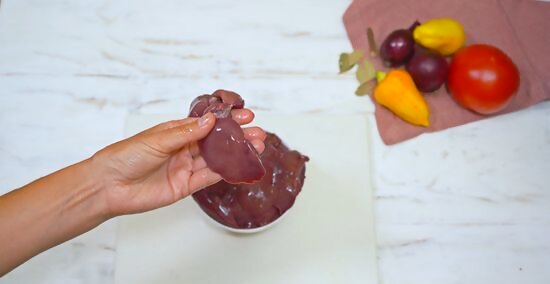
Buy the livers from a butcher. You can buy whole livers from the butcher or the meat department of your local grocery store. These livers tend to be of a better quality than what you'd get in a whole chicken, since the processing of whole chickens means the livers might be mangled. Livers from the grocery store or butcher may come in a jar, or they might be fresh. Ask your butcher how they package them.
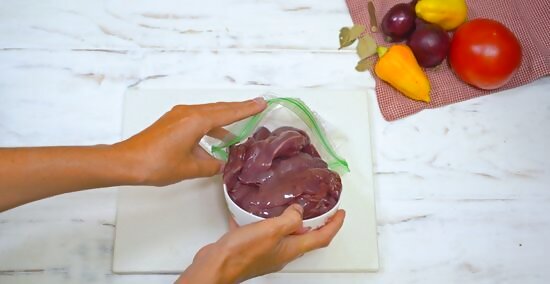
Clean and freeze the chicken livers. Before you store the chicken livers, you should clean them so that they're ready to be used when you want them. Once you've cleaned them, lay them flat in a freezer storage bag and lay the bag flat in your freezer. Use the livers within three to four months of freezing them.

Make chopped liver. The most popular way to prepare chicken livers is by making chopped liver. Melt 5 tablespoons (2.5 ounces) of fat (either chicken fat or butter) in a pan, then sauté 2 cups (16 ounces) of sliced onions in the fat. Remove the onions, but pour the fat back in the pan, and sauté 1 pound of chicken livers until they're brown on the outside and no longer pink on the inside. Mix the livers, onions, and 3 hard-boiled eggs together and chop them finely. Season with salt and pepper and either serve within two hours or store in an airtight container in the refrigerator.




















Comments
0 comment